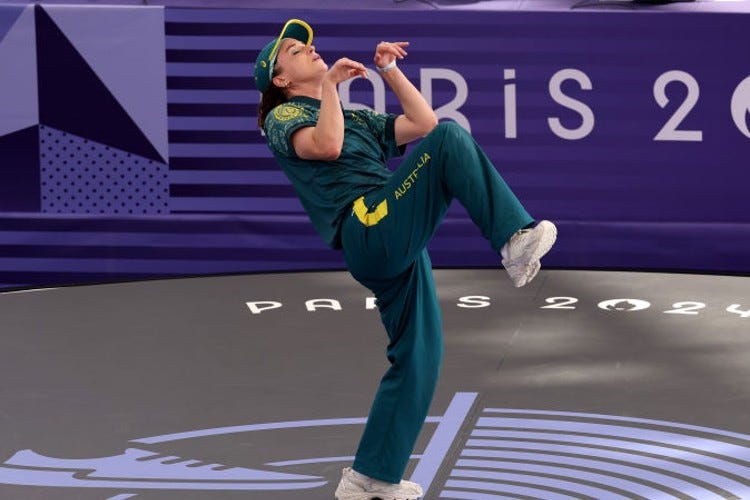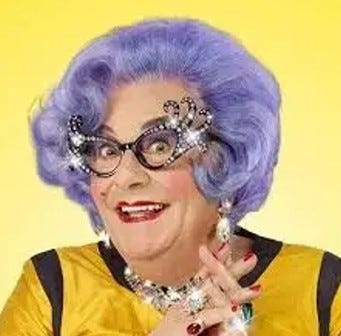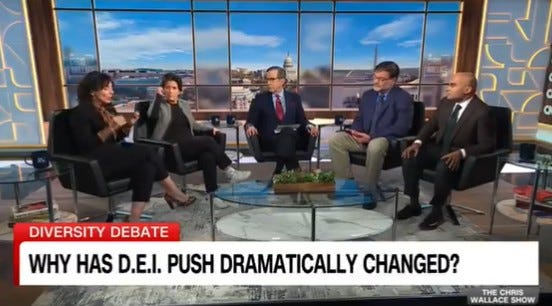Raygun Shows Why We Should Pay Attention to Pipelines
It shouldn’t have taken a tragedy on this scale to start this conversation

I’m not one to make fun of Raygun’s viral breakdancing at the Olympics. If I had competed, they wouldn’t have just ended Olympic breakdancing — they might have ended dancing, generally, as a thing people can do. Still, it seems objectively true that “Raygun” — which I’m just going to pretend is her real name — is not a great break dancer. She did lose her three Olympic contests by a combined score of 54-0. If you somehow missed her performance, here are some…is “highlights” the right word?
The obvious question is: How did this lady scam a free trip to the Olympics? (And the obvious follow-up question is: How can I do the same thing?) What we know is that qualification was determined by the Oceania Breaking Championship, which was held in Sydney last year, and that Raygun won. There were claims on social media that the championship was basically set up by Raygun and her husband, or that her husband was involved in the voting, but those claims appear to not be true. It looks like what happened is that there was a competition, 15 women showed up, and 14 were not as good as Raygun. So, all that’s really left to say is: Let’s get a video of that contest or die trying.
It seems, though, that there probably would have been stiffer competition if the contest had been more accessible. The Guardian reports that the time between the announcement and the event was “quick”, and that participants had to register with three different bodies and have a valid passport. They also had to get their funky asses to Sydney, which could be tough, because Oceania is a huge region where dingoes and sharks still reign supreme. The goal was actually to have a 16-woman bracket, but only 15 women entered, so it seems that literally anyone else who applied would have gotten in.

Basically, there were too many barriers to entry, so the applicant pool was small and…let’s say “suboptimal”. Phrased another way: The Oceania Breakdancing Championship had a pipeline problem. “Pipeline problem” is the phrase commonly used to refer to a failure to cultivate and identify talent. It’s a phenomenon that we often downplay, because neither the right nor the left want to talk about it. The right doesn’t want to talk about it because social mobility is not really their bag, baby; the Old Boy Network has often served them well and they have no interest in bringing new competition into the mix. The left doesn’t want to talk about it because we’ve gone all-in on trying to achieve demographic balance using end-of-pipeline solutions — i.e. affirmative action — and we feel that discussing the pipeline undermines that crusade. Nobody wants this conversation. But a 36 year-old in a P.E. teacher’s track pants writhing across the Olympic stage like she’s trying to exorcise a wedgie from her asscrack is a vivid illustration of why we should talk about pipelines.
Pipeline cultivation leads to more and better talent. It’s statistically obvious that more candidates leads to a higher likelihood of there being at least one quality candidate. Applicants surely know this, so bringing new people into the applicant pool forces people who were already there to up their game. We often look at hiring processes from the applicant’s point of view, but organizations and consumers should be considered, too. Expanding the pipeline lowers the odds of having to hire a Raygun-type applicant and just hoping that things magically work out.
Reducing barriers also increases fairness. The barriers to the Oceania Breakdancing Championship were obvious: Living far from Sydney made things tough, travel is harder if you’re poor, and the short lead time made it hard for someone without a passport to get one. If Oceania was really serious about cultivating break dancing — or “turny squiggly-do”, as it’s known down under — they’d also fund smaller events and outreach programs. Most of the “fixes” here require money, so maybe they weren’t possible in this case. But when there are significant barriers to entry, you increase the risk of having what just happened happen.
The only people who should be opposed to improving the pipeline are untalented dullards who will only succeed if no one else shows up. Nonetheless, pipeline issues remain unfashionable to discuss. I think it’s insane that in my field, entertainment, people commonly hire their friends or greatly limit their options based on race and gender. I don’t know why they do things that way — I think it’s because beating the bushes to find new talent is hard. My only other theory is that they love losing money; it’s surprisingly difficult to disprove the theory that present-day entertainment is a Brewster’s Millions-type effort to quickly burn through as much cash as possible. If people don’t want to expand access as a matter of fairness, then maybe they’ll do it as a way to keep an army of dunces from incinerating their portfolio.
I’ll say one more thing about Raygun: The outfit really hurt her. She maybe doesn’t go viral if she’s not dressed like a Christian youth counselor slash mall walker. Plus, high-waisted pants are always funny — that’s an iron law of comedy. She seems more convincing while wearing normal clothes in the clip below from her final qualification battle (some footage does exist!). You can make a not-crazy argument that she was the best break dancer at the contest. But if the Australian breakdancing scene wants to avoid another global embarrassment, they should probably figure out how to get more and better dancers into the pipeline.







Oceania has always been at war with break dancing.
You're not wrong; take a look at literally any of her research papers and you'll see that her entire career even in academia has been the result of a pipeline failure. A pHd in breakdancing?
"Dancing away distinction: Queering hip hop culture through All Style battles"?.
Seems to also be an issue with a taxpayer funding pipeline (big shock there).